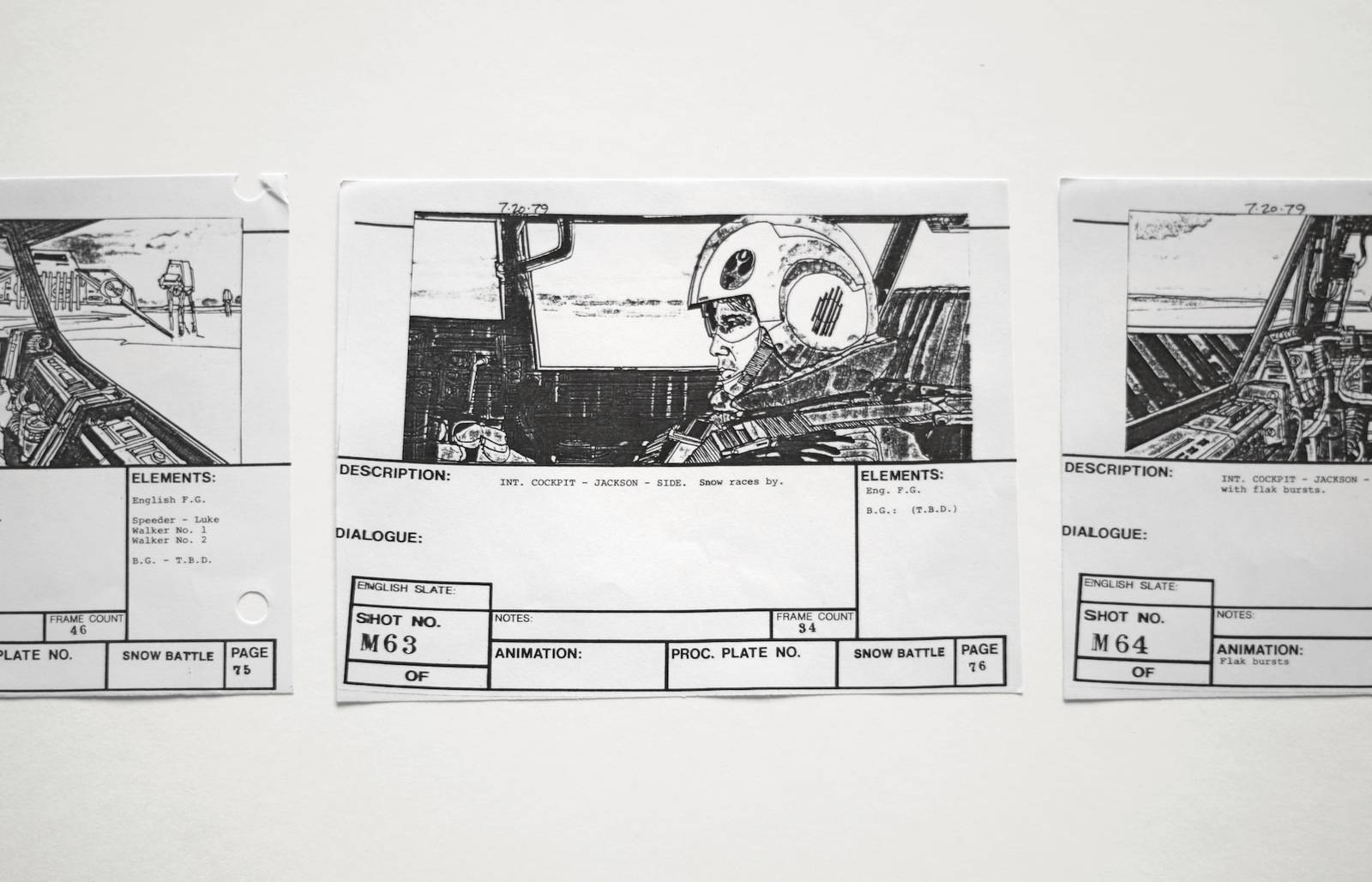What is a Storyboard and When You Need One
Saving time and budget, preventing mistakes, analyzing the course of events, finalizing and improving the project are all essential for almost any video project.

Storyboard definition
However, few people can think through all of this on the spot and keep all the information in their heads. This is where a storyboard comes in handy.
The term has a simple meaning – a storyboard is a sketch of your story in which you depict its characters and backgrounds as they will have to appear. Storyboarding is crucial in making a video since it contains keyframes and approximate timing. Storyboarding can be safely called the most important part of pre-production as it helps to see the big picture of the whole story and provides the rest of the team an opportunity to be fully prepared.

Storyboard essentials
If you are shooting a video interview, report, or a review video, you don't really need a storyboard. If the story of your video is missing as such and it all comes down to a set of beautiful shots, then you can also neglect to make a plot outline because the time spent on it will not improve the result much. In other cases, a storyboard will help greatly. Why?
In the case of making a film, a storyboard allows you to solve a whole lot of issues – to establish a common vision between the director, the film crew, the actors, and the visual effects studio of how this or that significant scene will look like. A good video storyboard will help plan the filming days to best use the budget. And much, much more follows from a shared understanding of the people involved.
The storyboard also plays an important role in interaction with the customer. Imagine a large company ordering a new TV ad. Yes, the script appears first, but this is not enough to imagine how the commercial will convey the meanings. A storyboard comes to the rescue because these are ridiculous costs compared to reshooting a video if the customer doesn't like what you filmed.

The same can be said about almost every project that needs a serious approach, whether it is an entertainment, art, or business sphere. Be it a small or huge video game project, a series of comics, a long company presentation, or music videos, all use storyboards.
Types of storyboard
There are several types of storyboards divided according to their level of detail:
Sketches, or thumbnails, take less time to make. These are small detailed sketches in squares that resemble postage stamps. Generally, they are drawn before transitioning to the traditional storyboard.
For traditional storyboards, paper, pencil, and your thinking are used. To create it, you have to calculate how many frames you need and draw them in detail. This type of storyboard facilitates editing and time to visualize an idea. You can sketch small squares right in the notebook – a frame is drawn on the left side, and text or music cues – under the image on the right side.

Animated storyboards are more and less complex at the same time. You still have to prepare the frames, but technology helps to animate them. When creating this type, you can see scenes' tempo, timing, and visuals for a movie, commercial, or video. In short, your hand-drawn sketches and photos line up as one video, and you can also add music to see if the storyboard conveys the right emotion.
Drawing a storyboard
Do you have some ideas and want to try sketching your own storyboard? If it is your first experience, we suggest you consider the following:
- Don't get hung up on drawing perfectly. No one needs a long and detailed image of the characters in the frame. It is enough just to sketch, direct the arrows and understand the meaning of the frame.
- If you're drawing on paper or in a notebook, use a pencil so you can erase or add something as you work.
- There are many ways to show a frame, don't stop at the first one. Sketch 3-4 versions and choose the most understandable one.
- If possible, ask for advice from friends whose work is focused on developing video sequences; it can be editors, directors, or even screenwriters. You can ask them for storyboard examples to better understand how it works.
All in all, storyboarding is a very broad term, and it would be wrong to limit it in any way. Storyboards are a great way to arrange any information that needs organization, and learning how to operate them will come in handy in all areas!



